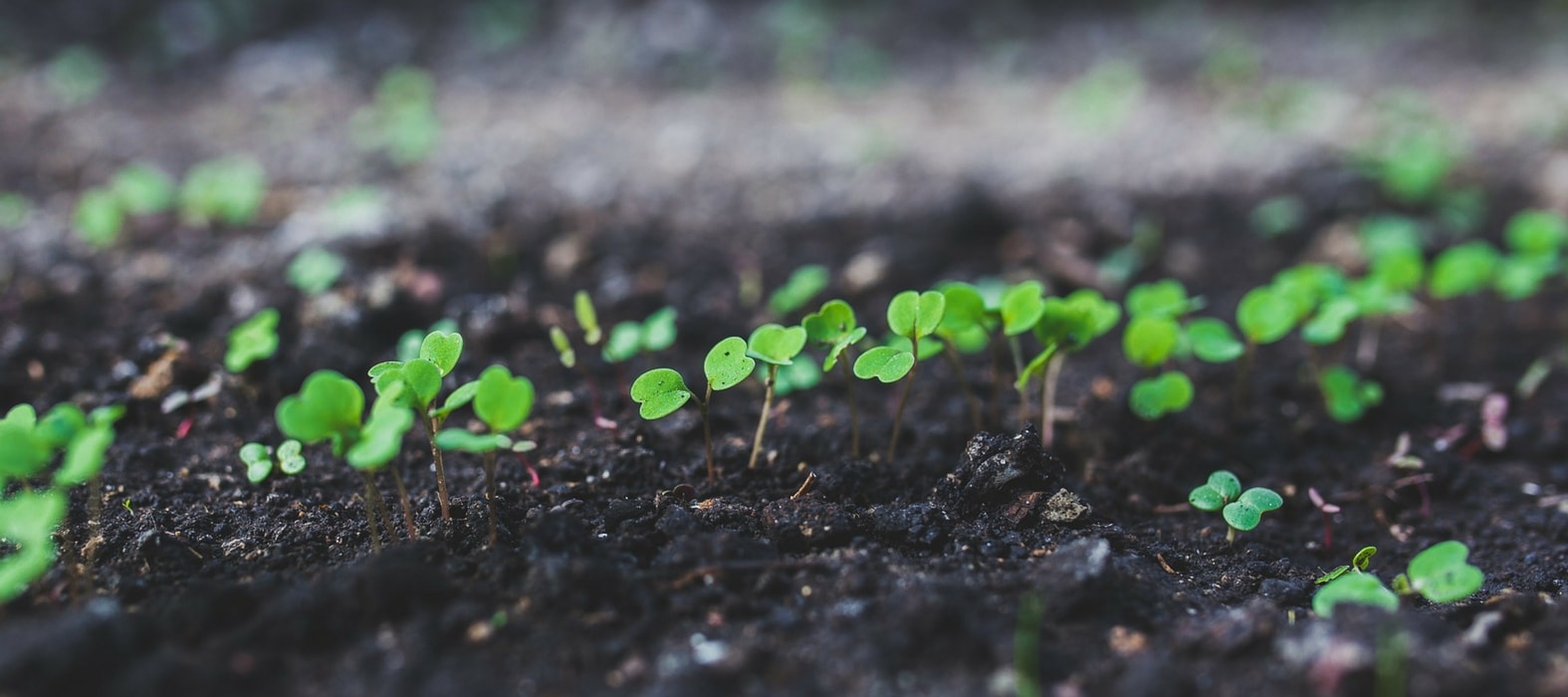
Sow in warmth or on a hotbed
an essential step for tender plants
Contents
Why sow warm? Warm sowing allows seeds that require a certain level of heat to germinate. Generally, this includes all vegetable plants originating from warm climates (aubergine, tomato, melon, chilli, basil…) that would not be able to complete a growing cycle leading to fruiting under our latitudes.
When and where to sow under heat?
Sowing under heat can be done from January until April.
It takes place in a heated and very bright location, usually in the house or a shelter (a heated greenhouse or conservatory in winter).
Depending on their level of requirement (the optimal germination temperature reaches 25 ° for certain vegetables) and the ambient temperature of the room, the sowing, in seed trays or buckets, can be:
- simply placed near a window,
- covered with plastic film (such as cellophane), glass, or the lid if you are using a propagator,
- placed on a water radiator or a heated propagator that will maintain a gentle and regular temperature.
It is possible to carry out your sowing under heat in the garden, using a hot bed. This traditional method involves sowing under a frame and on a significant amount of fresh organic matter (cow or horse manure). The principle is simple: as it decomposes, the manure releases heat that warms the compost it covers. Effective and economical, the hot bed is, however, not easy to implement, which explains why it is now infrequently used.
⇒ Discover how to create a hot bed.
Read also
Cultivation of physalisThe conditions for success: light and controlled humidity
In addition to a quality soil, sowing in warmth requires:
- light.
Sowings should be placed near a window to ensure they receive maximum sunlight, to prevent them from becoming “leggy”. This phenomenon, known as etiolation, results in seedlings growing tall and spindly. They become fragile, of poor quality, or simply die from exhaustion after searching in vain for light. It is said that the sowings are “leggy”.
→ To learn more: My sowings are leggy… why?
- good ventilation.
While moisture and warmth are essential for seeds to germinate, they are also ideal conditions for the development of pathogenous fungi responsible for damping off. This cryptogamic disease generally leads to the death of seedlings. To prevent damping off, use only clean containers, avoid overwatering, and regularly ventilate trays under glass or cover. Spreading a light layer of finely crushed charcoal over your sowings is also a good preventive measure.
→ To learn more: Damping off: understanding, combating, preventing
Discover other Melon
View all →Available in 1 sizes
Available in 1 sizes
Available in 2 sizes
Available in 1 sizes
Available in 1 sizes
Available in 2 sizes
Available in 1 sizes
Available in 1 sizes
Available in 2 sizes
Available in 1 sizes
Planting young plants in the garden: not too early and after hardening off
Young plants sown in warm conditions should only be planted in the garden once the last risks of frost have passed, which is typically after the Ice Saints in most parts of France.
To minimise thermal shock and to obtain robust young plants, it is advisable, about ten days before the final planting in the garden, to gradually acclimatise them to outdoor conditions. To do this, take them outside for a few hours each day in good weather: the cooler temperatures and a light breeze will help them harden off and arrive strong and sturdy in the vegetable garden.
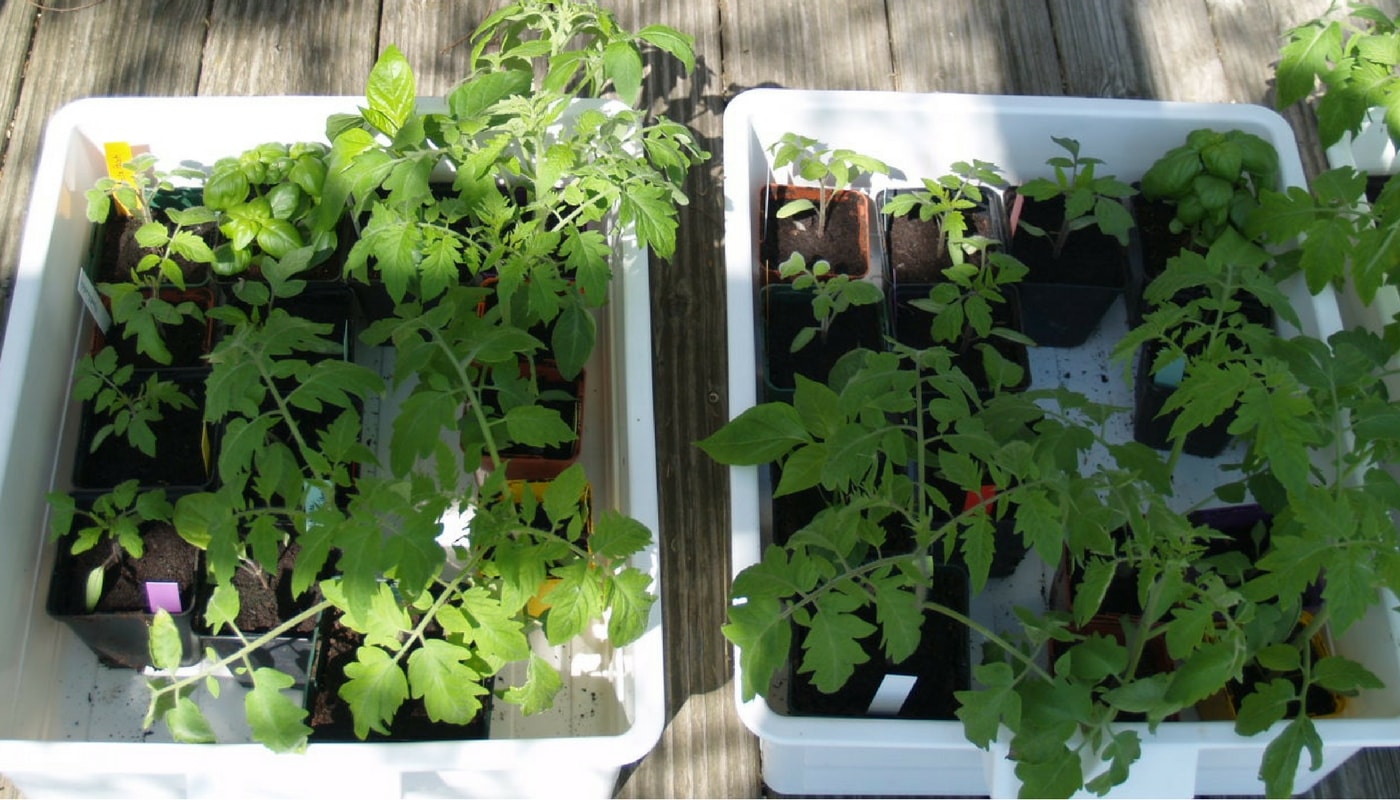
To harden off your young plants: take them out gradually
Sowing under heat in video
Discover our video:
- Subscribe!
- Contents
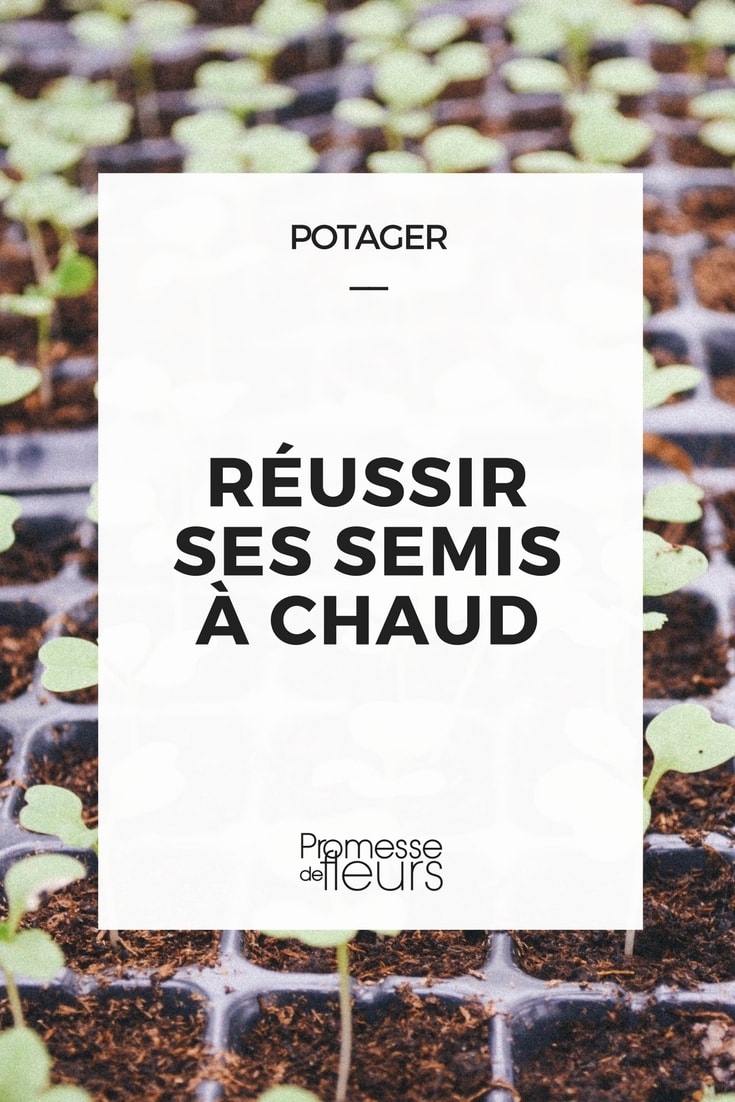































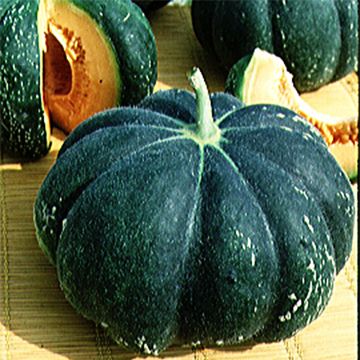
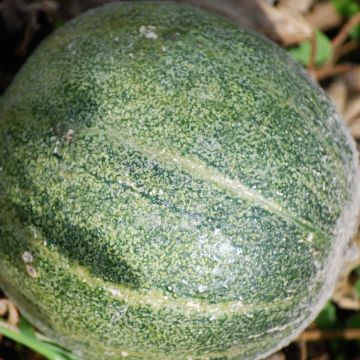
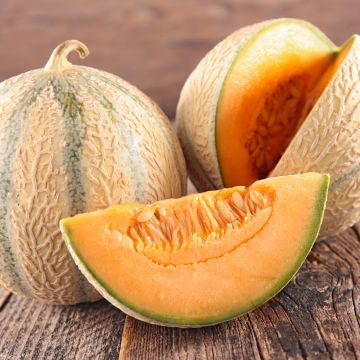
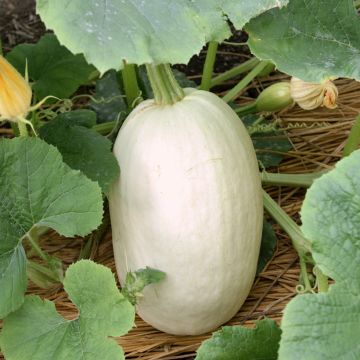
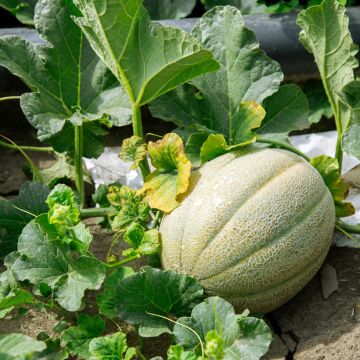
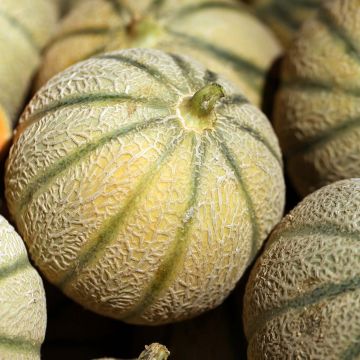

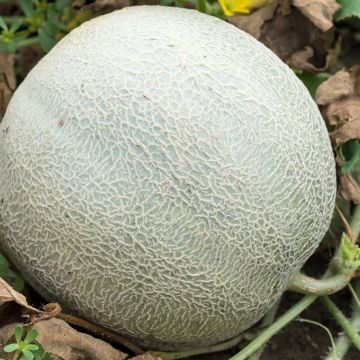
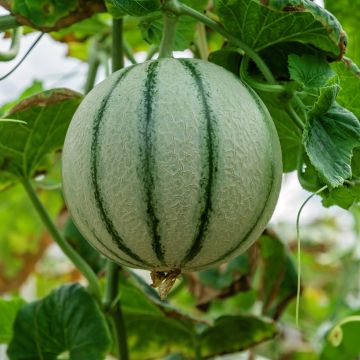
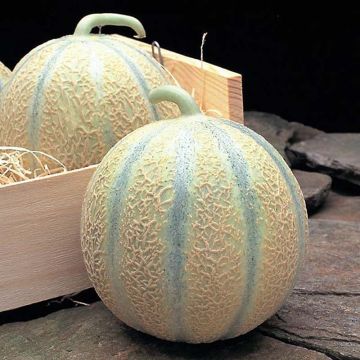
Comments